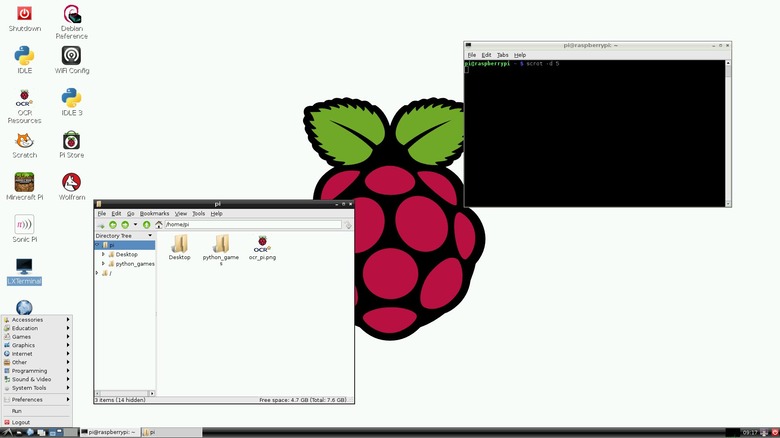Raspberry Pi Gets Its Own Official Desktop Environment: PIXEL
The Raspberry Pi, in all its incarnations, has been used in every DIY project or dream imaginable, from security systems to obstruction-detecting robots to, well, mini desktop computers. While most of these projects won't really use a traditional computer desktop environment, the RPi was still in need of a lightweight, beautiful, and user-friendly desktop for beginners as well as those using the single-board computer as a regular, though less powerful, everyday desktop. Thus, PIXEL was born and is now available for download and use.
The Raspberry Pi did already have a graphical desktop environment a long way back, included in the official Raspbian Linux distribution. That, however, was rather clunky and heavy, contrasting with the Raspberry Pi's lightweight hardware and character. PIXEL, which is a totally nerdy acronym for "Pi Improved Xwindows Environment, Lightweight" was developed nearly from the ground up to address those concerns.

Long-time Linux users will be familiar with the LXDE-based environment, with its top panel for menus and running windows. PIXEL features a new set of icons that have been designed to both look professional yet still "fun" to look at. Window appearances have also been updated to this decade. Interestingly, PIXEL uses Chromium, the open source base of the Chrome browser, as the default browser. Although not exactly lightweight, it is promised to actually run well on the RPi 2 and 3 but might choke a bit on the RPi 1 and Zero.

The new PIXEL experience actually starts from the time you power up the RPi, with a new boot screen that hides the usual scrolling text. Fortunately, those who prefer the sights and feels of the old ways are free to revert to it.

The addition of an official, custom-designed desktop environment is just the latest official "products" for the RPi, following the official case and the official kit. It is an interesting development for the Foundation, as it now more directly focuses on a smoother out of the box experience for newer, and younger, tinkerers.
SOURCE: Raspberry Pi
